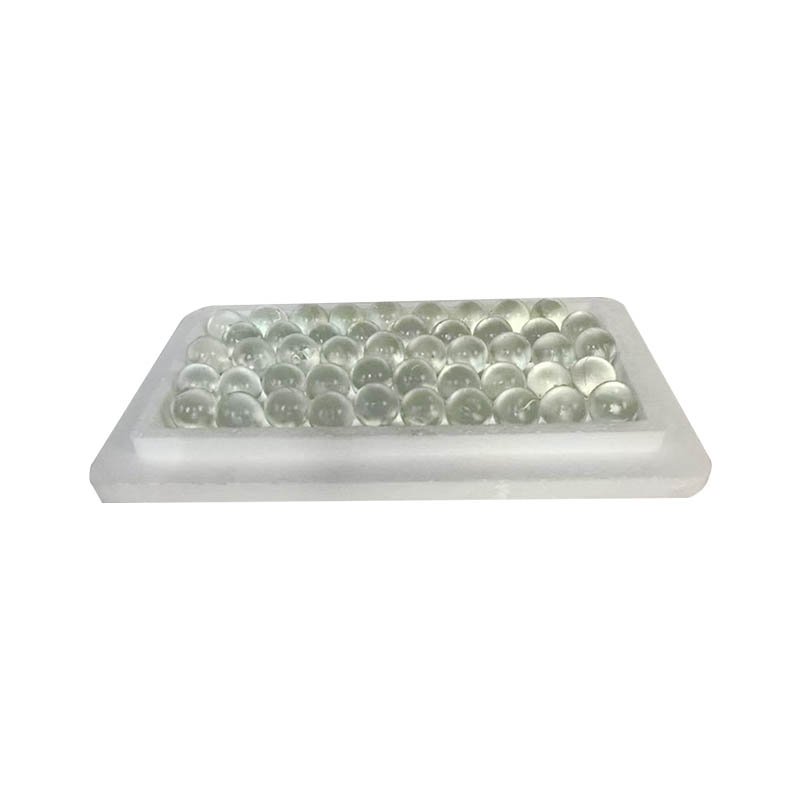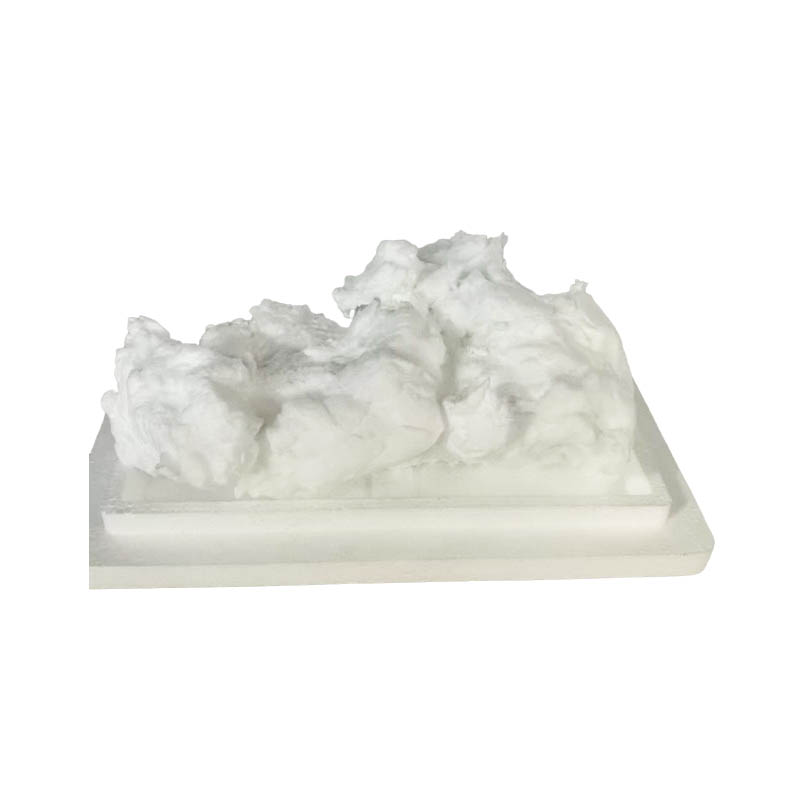What is the mechanism by which humidity control in the production environment affects the brittleness of glass microfiber?
Release Time : 2025-10-30
The brittleness of glass microfiber is one of its key performance indicators, directly affecting its application in filtration, composite materials, and other fields. Environmental humidity significantly impacts the brittleness of glass microfiber through multiple mechanisms, including physical adsorption, chemical corrosion, mechanical wear, and electrostatic effects. This impact involves an interactive process of microstructural changes and macroscopic performance degradation.
When humidity increases, water molecules in the air adhere to the glass microfiber surface through physical adsorption, forming monomolecular or multimolecular adsorption layers. The polar groups in these water molecules form hydrogen bonds with the silicon-oxygen and aluminum-oxygen bonds on the glass surface, resulting in a "hydration film." This hydration film weakens the internal silicon-oxygen tetrahedral network structure of the fiber, making it more prone to breakage under stress. Furthermore, adsorbed water can penetrate into microcracks within the fiber, initiating stress corrosion cracking under low temperatures or long-term exposure, further exacerbating brittleness.
For alkali-containing glass microfiber, the effect of humidity is more complex. Alkali metal ions (such as sodium and calcium) readily undergo hydrolysis in humid environments, generating hydroxides that dissolve in water. This process not only leads to the loss of alkali metal ions from the fiber surface, forming a microporous structure, but also disrupts the integrity of the silicon-oxygen network. As the alkali metal content decreases, the chemical stability of the fiber declines, and its brittleness significantly increases. Studies have shown that in environments with relative humidity exceeding 80%, the strength retention rate of alkali-containing glass microfiber may drop below 50%, while the strength loss of alkali-free fibers is relatively small.
High humidity also exacerbates the mechanical wear of glass microfiber. During textile or processing, friction between fibers and equipment, and between fibers themselves, generates static electricity and heat. In high humidity environments, while the moisture adsorbed on the fiber surface can partially dissipate static electricity, it also forms a lubricating layer, making the fiber more prone to plastic deformation during friction. This deformation accumulates micro-damage, forming crack initiation points, ultimately reducing the fiber's impact resistance and fracture toughness. Furthermore, moisture promotes the shedding of microparticles from the fiber surface, forming fuzz or loose fibers, further weakening the fiber's bundle structure and overall strength.
Electrostatic effects are another important mechanism by which humidity affects the brittleness of glass microfiber. In low-humidity environments, surface charges on fibers are difficult to dissipate through air conduction, leading to increased electrostatic repulsion caused by the accumulation of like charges. This repulsion makes it difficult for fibers to bundle during processing, resulting in single-fiber breakage or fiber cluster dispersion, thus reducing the uniformity and strength of the product. While high humidity can dissipate static electricity by increasing air conductivity, excessively humid environments can cause brittleness due to adsorbed water; therefore, a balance must be struck in humidity control.
Fluorescence in the production environment can also indirectly alter the brittleness of glass microfiber by affecting the performance of the sizing agent. As a protective layer on the fiber surface, the film-forming properties and adhesion of the sizing agent are significantly affected by humidity. In high-humidity environments, the moisture in the sizing agent is difficult to evaporate, leading to uneven film formation or film cracking, weakening its protective effect on the fiber. In low-humidity environments, the sizing agent may become brittle due to excessively rapid drying, similarly reducing the fiber's abrasion resistance and fracture resistance.
To optimize the production quality of glass microfiber, differentiated humidity control strategies need to be developed based on fiber type (e.g., alkali-containing/alkali-free), processing technology (e.g., spinning, drawing), and usage scenario (e.g., high-temperature, high-humidity environments). For example, in the drawing process, the relative humidity can be maintained at around 60% through local humidification or dehumidification equipment to balance the needs of static electricity dissipation and adsorption water control; in the storage stage, it is necessary to avoid long-term exposure of fibers to extreme humidity environments to prevent the accumulation of chemical corrosion and mechanical damage.






